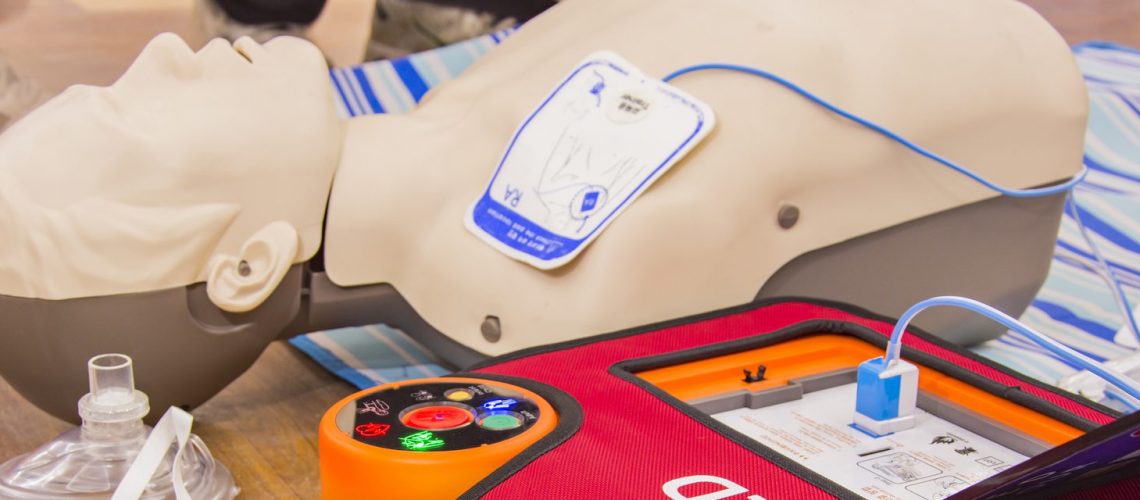The days of the office first aid box being a rusting tin in a locked cupboard are long gone. With an update to the British Standard for workplace first aid kits, there’s now even less excuse for having an understocked box of resources or a pile of old bandages that no one knows how to use.
While British Standards (BS) are not legislation, they are considered to be an excellent guideline for good practice. They are produced by the British Standards Institute and this latest update covers the items you need to have on hand, who will use them and how many are required.
Already covered by the standard was how many kits are required for different sizes of workplaces. This guideline is a useful starting point for risk assessment to ensure that the right supplies will be on hand in case of an emergency. The standard divides workplaces into different risk categories based on the activities carried out in them. For example, low-risk environments include offices and libraries while higher-risk ones are those involving food processing, light engineering and warehousing.
Updates to the most recent version, BS 8599-1:2019, has been made with guidance from the British Healthcare Trades Association (BHTA). The tables contained in it have a number of changes from the 2011 version. Following the British standard will mean that you are in a better place to comply with The Health and Safety (First Aid) Regulations 1981 which require employers to make available the necessary and appropriate equipment and training to protect their employees. First Aid can make a huge difference and save lives which is why these changes matter for you.
The standard came into effect on 31 January 2019 so there has plenty of time, even accounting for the disruption of 2020, for workplaces to make changes. Are you compliant? Read on to find out what is different in the new standard.
Changes to BS 8599-1
The most significant change between the 2011 version and the updated 2019 standard is around the personal issue kits and critical injury packs. There are also changes to the previously existing travel pack. There are also small changes to the contents list for the small, medium and large workplace first aid kits. Particularly notable is that safety pins are no longer a requirement. Instead, microporous tape has taken the place of these.Personal Injury kits
These are a new addition and are intended for lone workers to use or where the size of the premises might result in a worker being at distance from other staff. Examples would be cleaners, security or ground workers. Think of them as an extra to the main workplace kit rather than an alternative.Travel and motoring kit
The standard previously included a travel kit. This has been changed to bring the kit in line with the medium vehicle kit in BS8599-2. It is intended to be portable and to be used on the go. Consequently, it should be available in all company vehicles, such as cars and vans so that employees have access to a first aid kit when they are working in a location that is not the main workplace. Obviously road accidents may well involve injury but the pack also takes into account that employees who are travelling may be undertaking work that would give them a greater risk of harm.Critical injury packs
Where employees are at risk of a serious injury, critical injury packs are a new addition to the list. Workplaces that will need these include those such as construction and farming where cutting equipment, power tools and dangerous machinery is being used.What should be in a workplace first aid kit?
The British Standard lays out how many kits you need of each type for the size and risk level of the workplace. It also outlines in detail the contents. If you’re not compliant now is the time to act.We’d suggest that you use guidelines in the standard alongside a risk assessment carried out by a health and safety expert.
When it comes to protecting your workforce it’s vital to get it right and put good practice to work.


